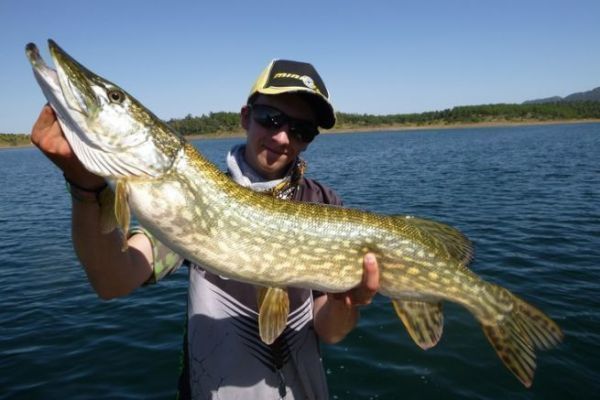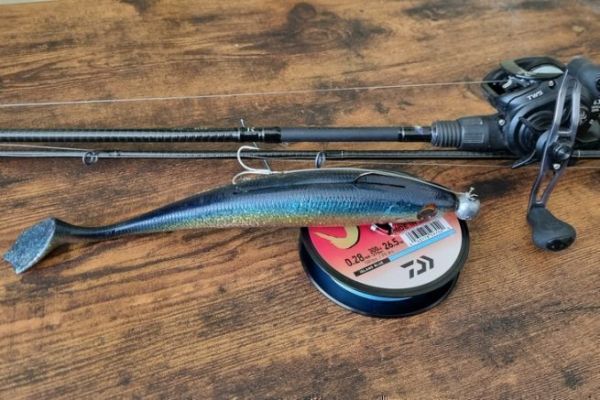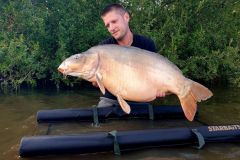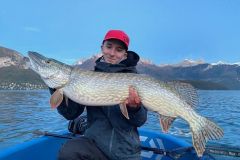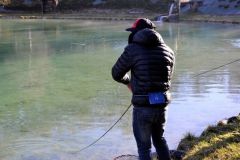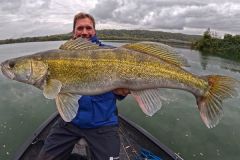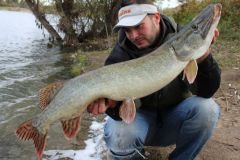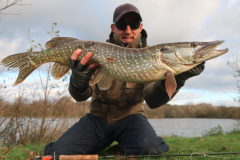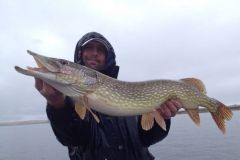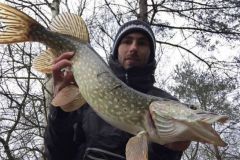Scouting phase
As with many fishing techniques, knowing where to fish is very important. In the case of pelagic fishing, the depth sounder will help you find suitable areas. Once you've found your deep-water spot, you'll need to find some life.
The easiest way to do this is to find large echoes suspended in open water, but often you'll first spot a school of white fish. This school is bound to attract predators, gravitating around it and waiting for the right moment to hunt it.
Once you've spotted the whitefish, it's important to move with the boat so you can cast in all directions around the bank. Carnivores can be found more than 10 metres away from the school if the water clarity is sufficient for them to maintain visual contact.
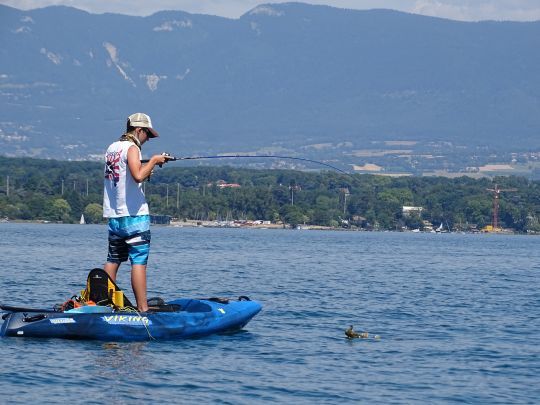
Fishing at the right depth
In pelagic fishing, it's very important not to pass underneath predators. For a fish, even a very large one, another fish approaching from underneath is a potential predator. What's more, the pike may see our braid before it sees the lure and take fright.
Once attached to the lure, pike tend to overlook the presence of a leader and become much less wary. To get over the fish, you need to know what layer of water it's in. The simplest solution is of course to see how high the big echoes are, but if they're not there, we'll have to adapt our fishing style.
As a precaution, to avoid frightening pike, it's best to start fishing by combing around the whitefish shoal at shallow depths (less than 3 metres). If you don't get any hits, fish progressively deeper, adapting the weight of the lure and the descent time.
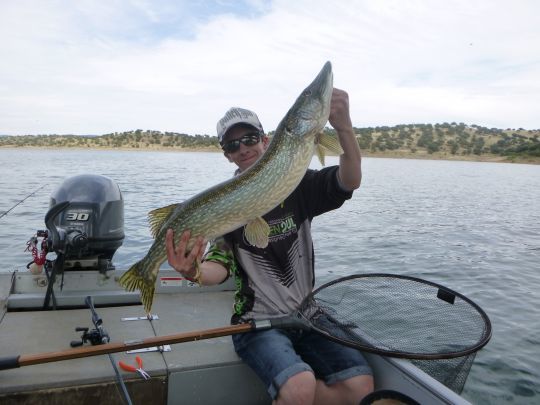
Entertainment and advice
Pelagic fishing requires mastery of the line. Although it may seem simple, the line must be set up correctly if the fish are to make up their minds.
Successful line casting means keeping the lure at the same depth throughout the cast. To do this, you need to gradually reduce the speed at which you cast as the lure gets closer to the boat. To estimate your lure's swimming depth, and therefore be able to repeat a pattern after a hit, I recommend counting the number of seconds of descent you allow your lure after it hits the water on each cast.
You can leave the line completely slack to reach greater depths more quickly, or on the contrary, let the lure run with the line taut if bites tend to occur near the surface.

 /
/ 



